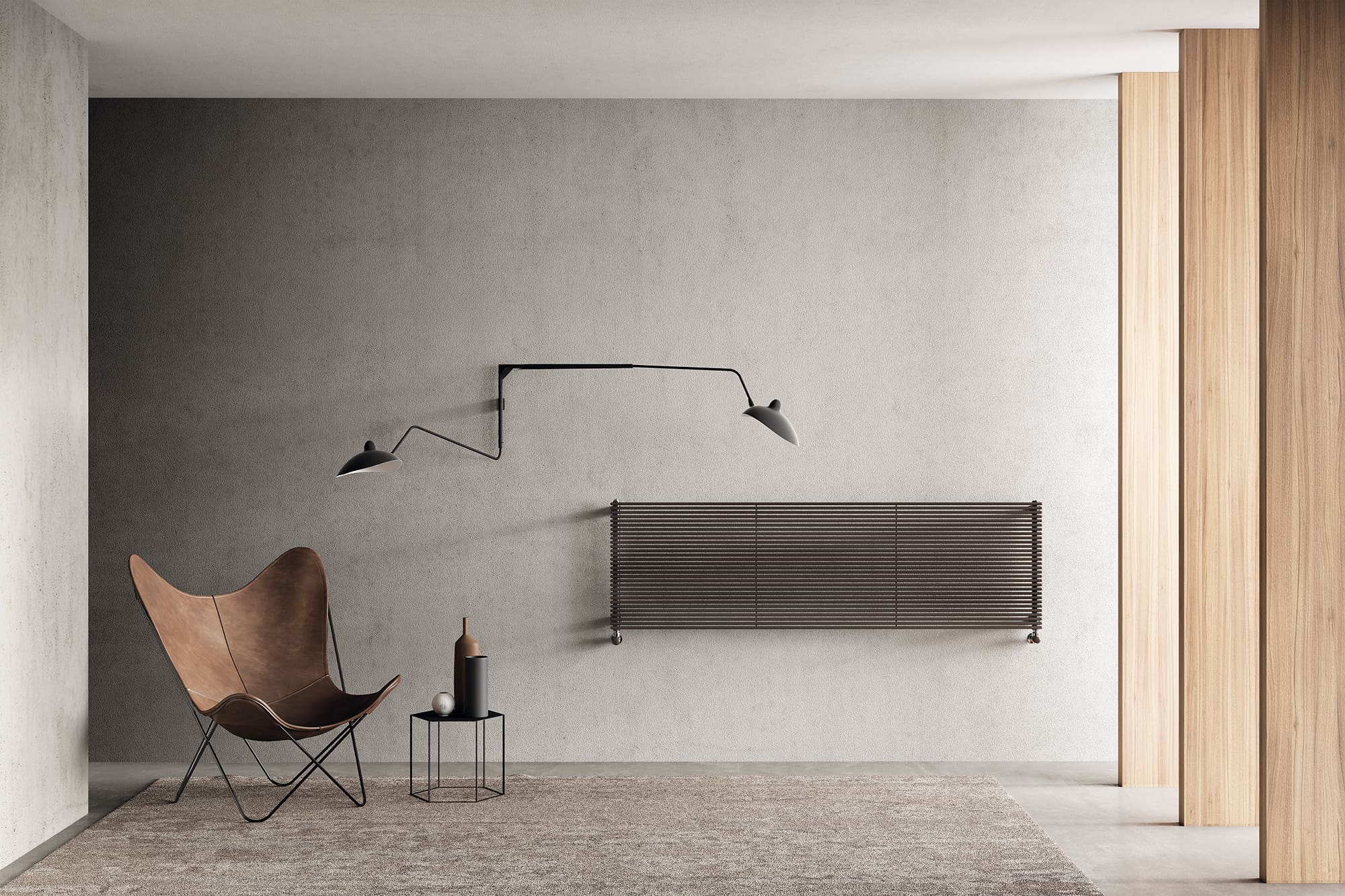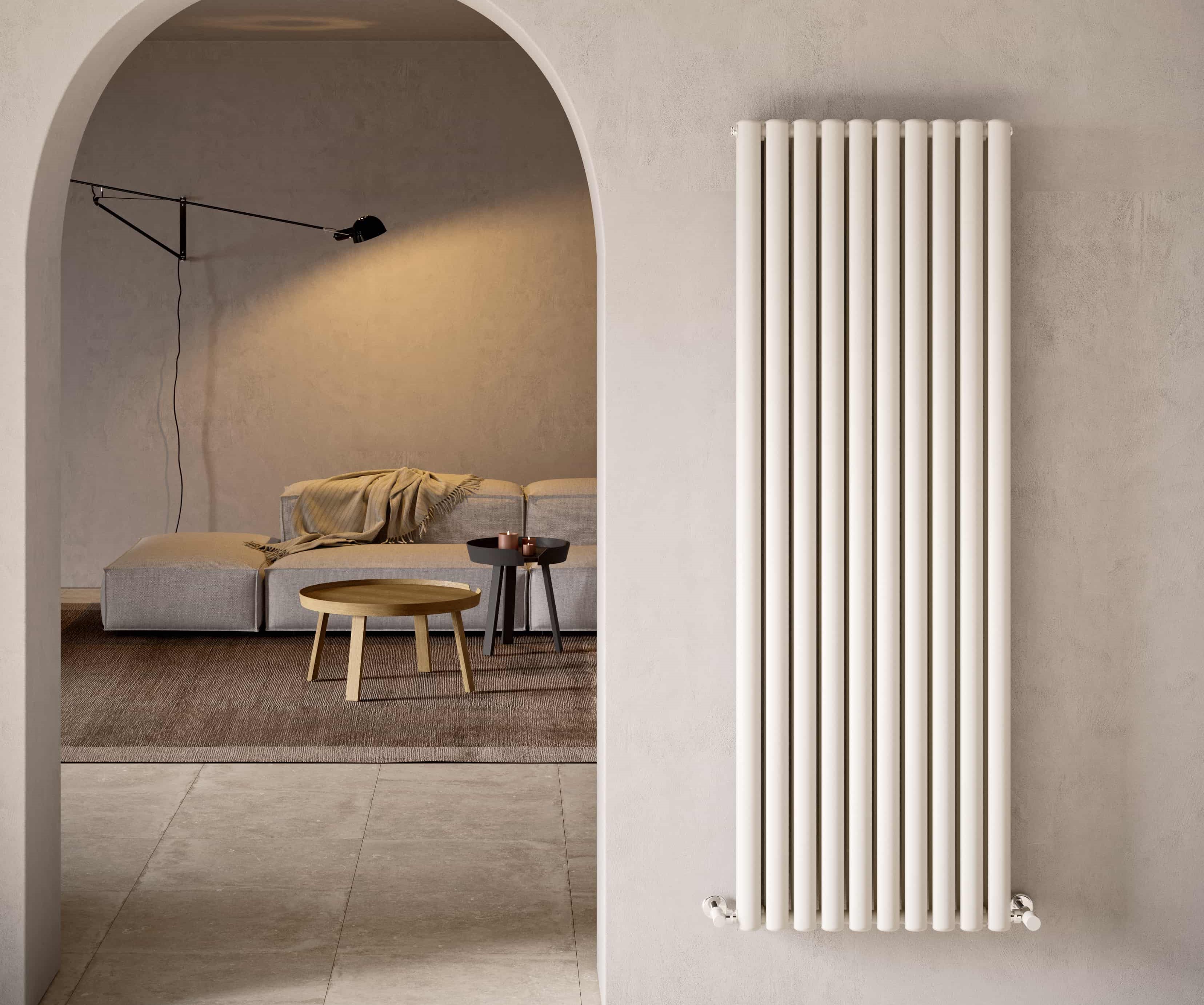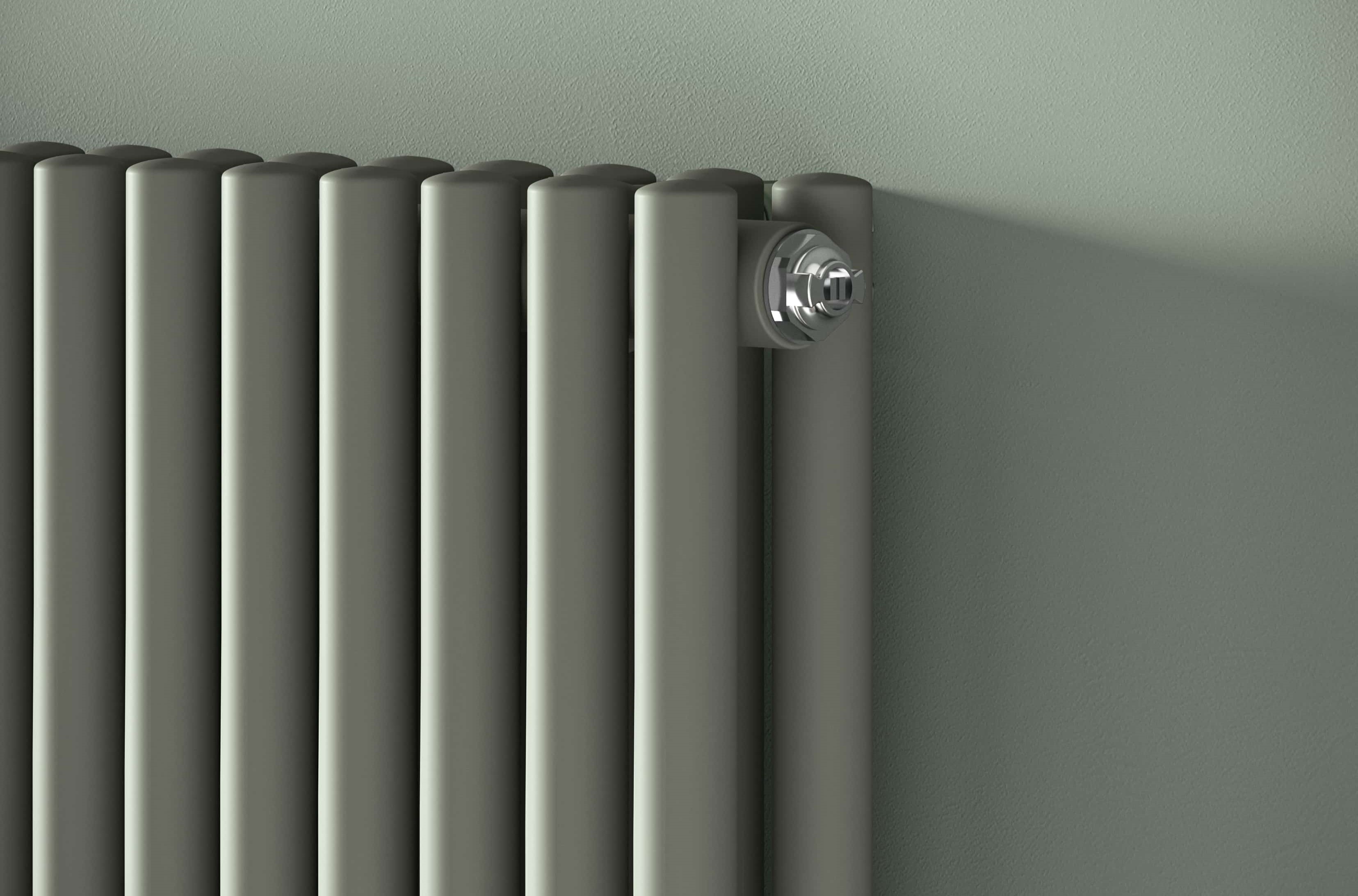Autumn arrives, the heating system is turned back on, but something isn't quite right: the radiators are not heating as they should and may be making noises—signs of an issue. The solution, in some cases, is simple: just remove any air bubbles that have formed inside them. Let’s see how to bleed them to get the maximum benefit.
How to bleed radiators?
Removing air from the radiators is a very simple and, at the same time, very important task. When, with the heating on, they do not produce enough heat, there are two negative consequences.
- First, the desired thermal comfort isn’t achieved, and the home environment remains unwelcoming.
- Then, energy consumption increases, impacting your energy bill.
Before reviewing the steps to follow, remember that bleeding should be done when the heating system is off.
- For those with an independent heating system, simply turn off the heat source (such as a boiler or heat pump) and wait for the radiators to cool down.
- For those in a building with a centralised system, you can perform the task during times when it’s switched off.
There are also two types of radiators: with and without a thermostatic valve. The thermostatic head is the device that regulates the water flow to the radiator and manages the heat delivered to the room.
Smart versions, thanks to home automation systems, can automatically maintain a constant temperature set by the user, who can also control and monitor it remotely via smartphone.
When the thermostatic head closes, the water flow doesn’t stop entirely due to its antifreeze function.
For bleeding, you’ll need the bare minimum:
- a bucket to collect water;
- a cloth or rag to protect the wall and floor from water drips;
- a key to open the bleed valve, which may be provided with the radiator installation or can be easily purchased.
Older models of radiators, such as those made of cast iron, don’t have a bleed valve, so removing air bubbles requires a more complex procedure.
How to remove air from radiators
Once the heating is off and the radiators are cool, you can proceed. Here are the steps for radiators with a bleed valve.
- Place a bucket under the bleed valve to catch any water, and use a key to open the valve.
- Turn the valve counterclockwise gently: the water should come out slowly, and the valve shouldn’t be opened fully.
- After some water has come out, you can close the valve by turning it clockwise, without tightening it too much.
- At this point, check the boiler pressure using the display or built-in indicators. The pressure should be between 1 and 2 bar.
- If the pressure is above 2, bleed the radiators again.
- If it’s below 1 bar, open the boiler tap to add water to the system until the value stabilises.
As mentioned, if you have older radiators, the bleeding process is more complex, and the best solution is to call an experienced technician to avoid affecting their proper functioning.
Users might also consider replacing older radiators with modern models that offer higher efficiency and easier maintenance.

What happens if you don’t bleed radiators?
Bleeding radiators helps prevent poorly heated rooms, but that’s not all.
Trapped air in radiators blocks the even circulation of hot water, reducing heating efficiency. The radiator may stay cool at the top while only heating at the bottom. Trapped air also causes annoying noises (like gurgling or ticking), signalling that the radiator isn’t functioning correctly.
The economic impact shouldn’t be overlooked: if radiators can’t heat evenly, the heating system must work harder to maintain the desired temperature, leading to higher energy consumption. Additionally, air in the radiators causes an imbalance in the entire heating system: some radiators will heat more, others less.
These issues can be easily resolved with a simple intervention.

How much water to bleed from radiators?
Only a small amount of water needs to come out of the radiator. The bucket and cloth are precautionary tools to keep the floor and wall around the bleed valve dry, not because large amounts need to be collected.
Bleeding radiators thus contributes to energy efficiency and is one of the essential tasks for maintaining a functional heating system, alongside regular maintenance of both the heat generator and the radiators themselves.
As previously mentioned, a good investment in this direction includes installing smart thermostatic valves. These not only allow for heat regulation but also prevent heat loss: equipped with sensors, they stop the radiator's heating action if they detect an open window in the room.
Additionally, they let you set room temperatures based on the residents' hourly, daily, and weekly routines and provide notifications of any issues, ensuring total comfort.









































